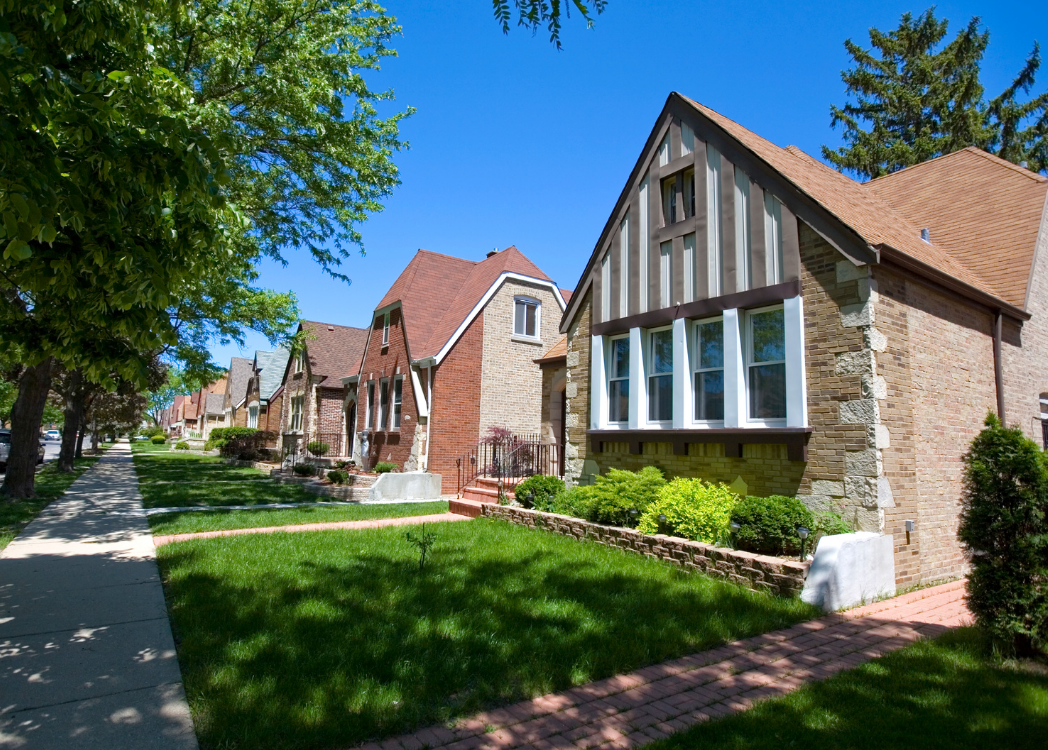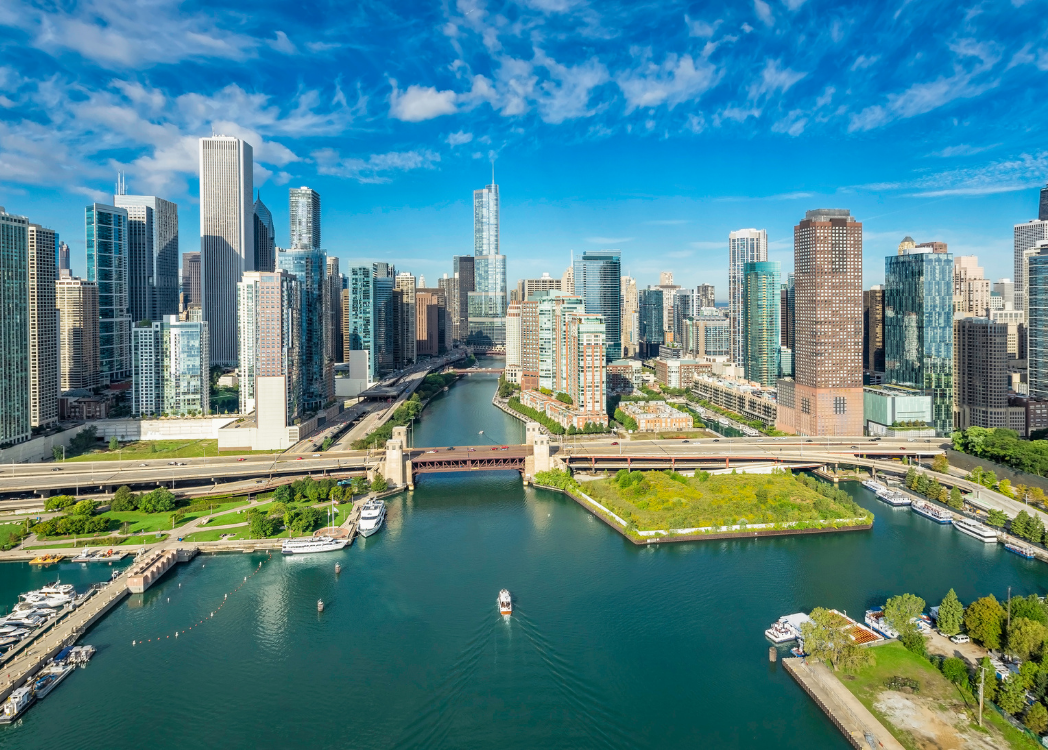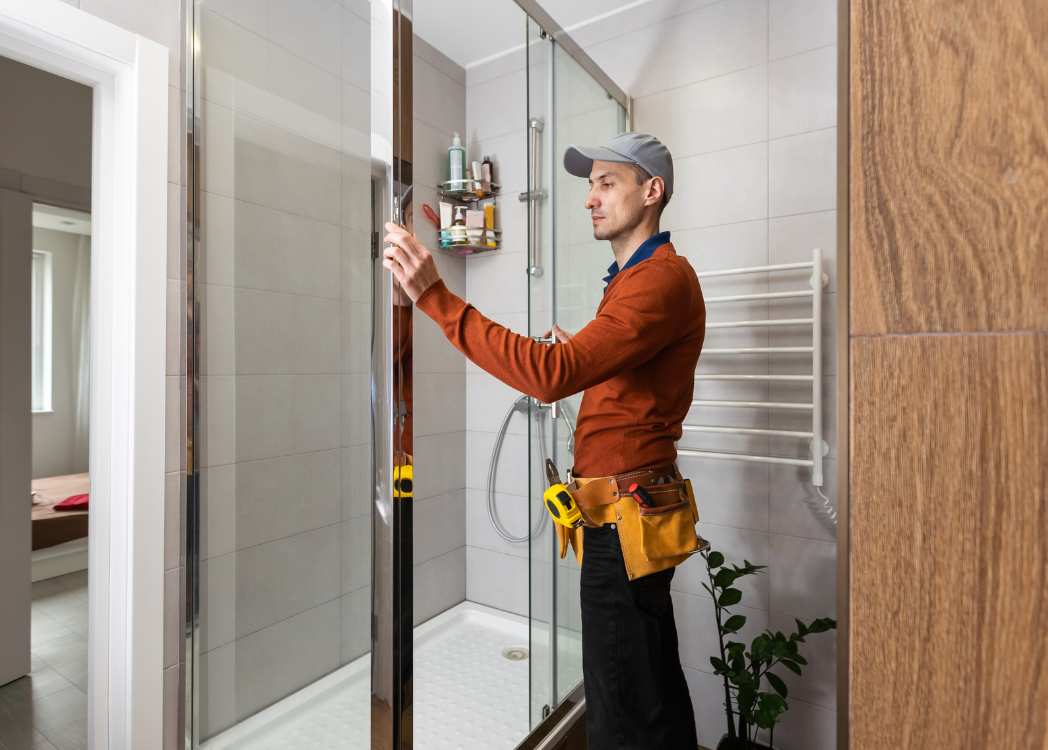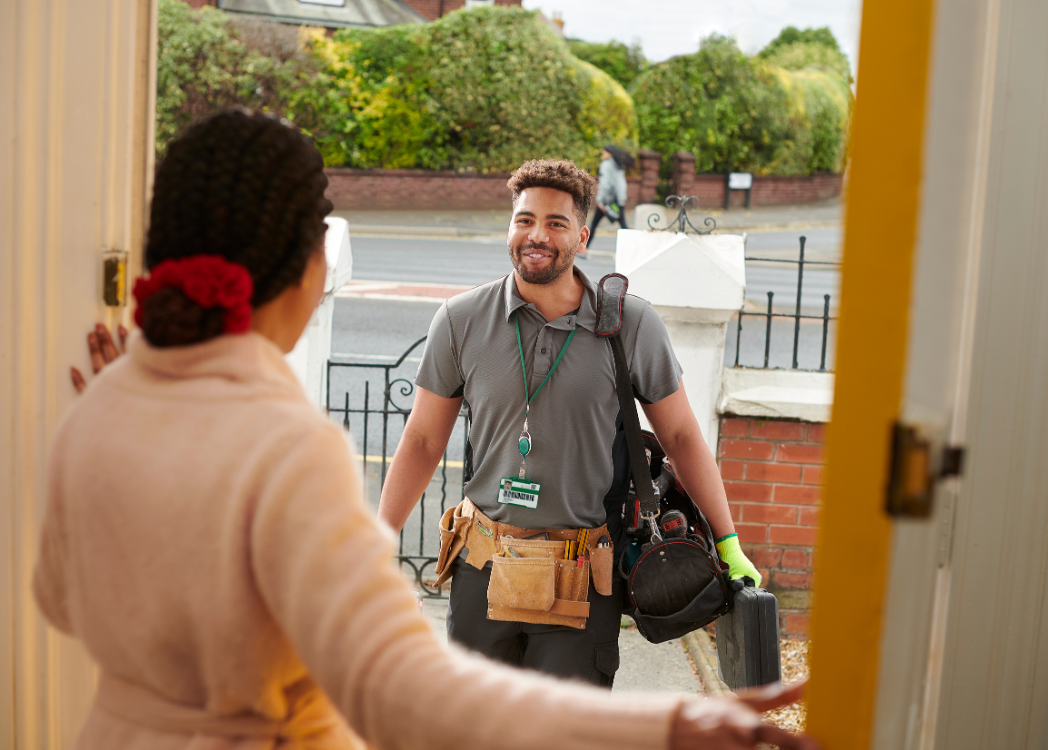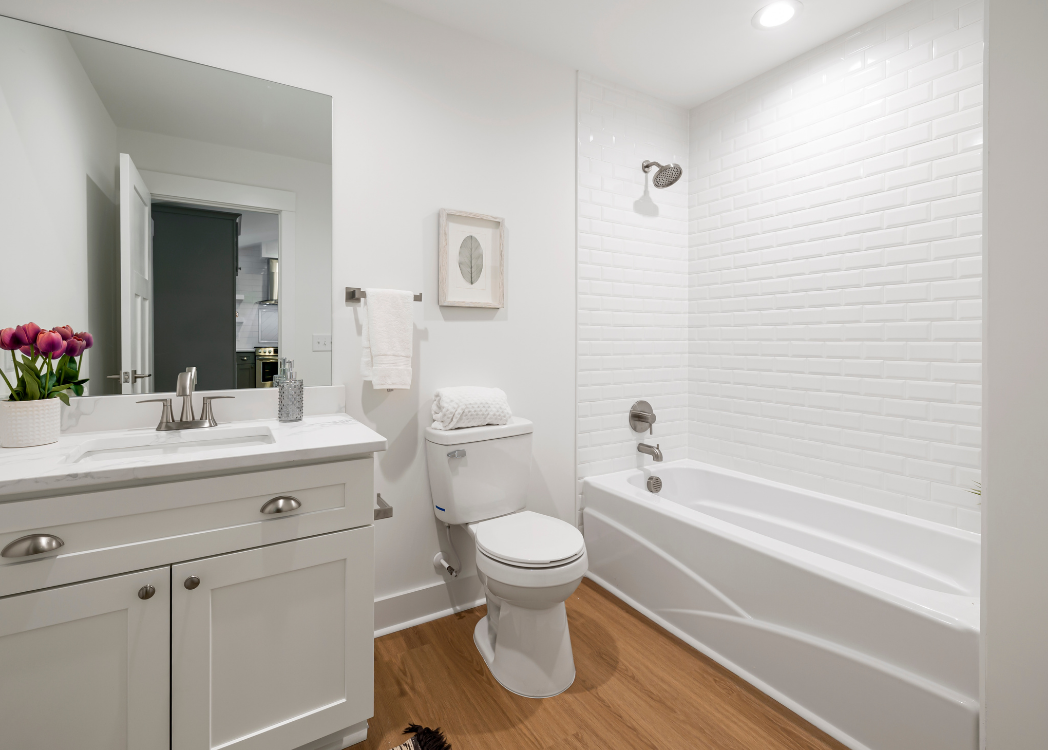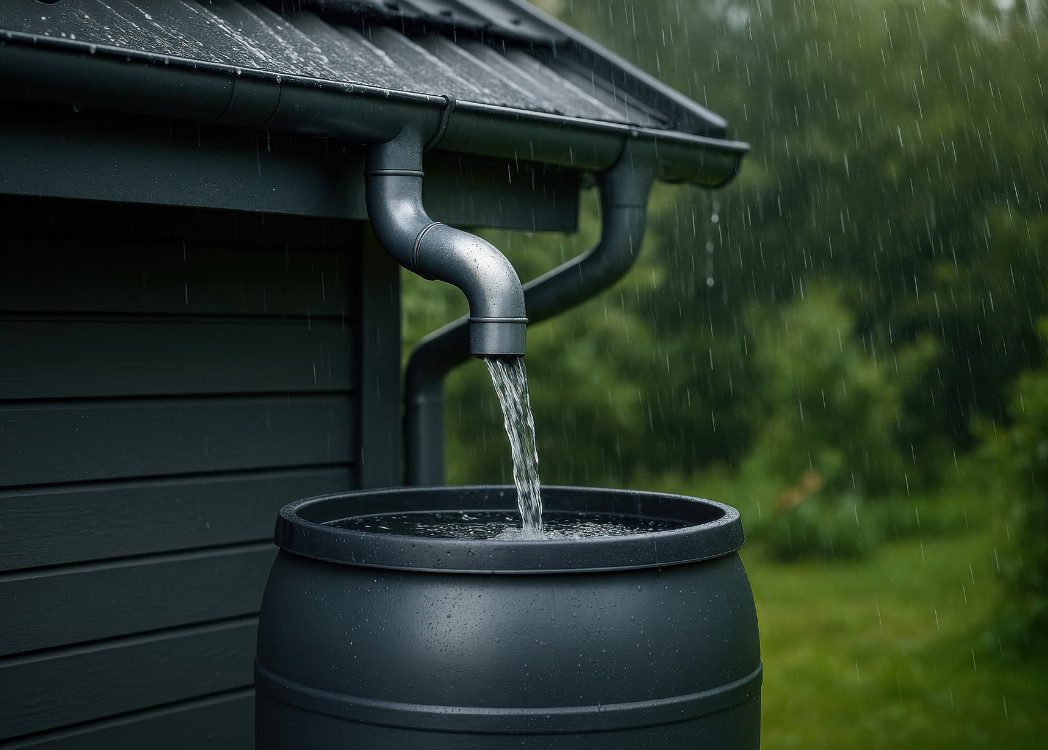Why Does My Paint Look Different After a Patch Repair?
Tired of staring at that obvious square on your wall? Here’s why touch-ups rarely match and how to get a seamless finish every time.
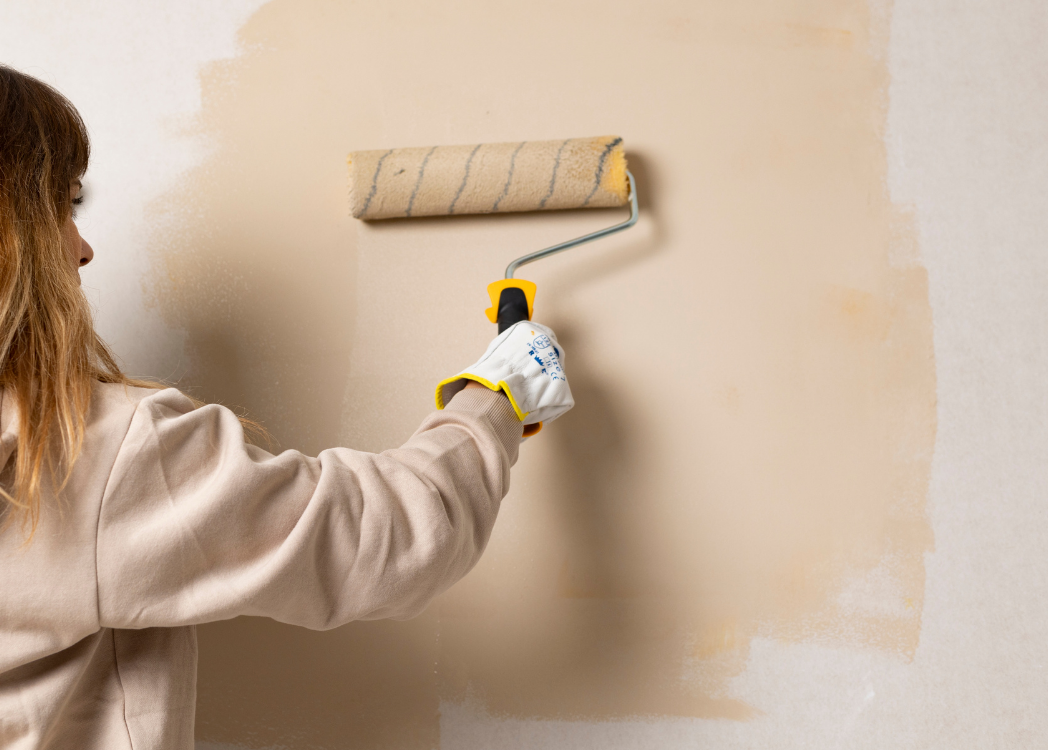
You patch a hole in the drywall, roll on some leftover paint, and step back expecting the wall to look brand new. Instead, you see a patch that’s brighter, darker, or shinier than the rest of the wall. What in the D-I-Why?
Why Patches Don’t Blend
The #1 culprit is
age of the paint. Even if you’ve got the original can, paint fades over time. A new coat of the “same” color won’t match what’s been exposed to years of sunlight and wear. Sheen makes it worse: matte, eggshell, and semi-gloss reflect light differently. In older homes, multiple layers of inconsistent paint can add to the challenge.
Doing It Right
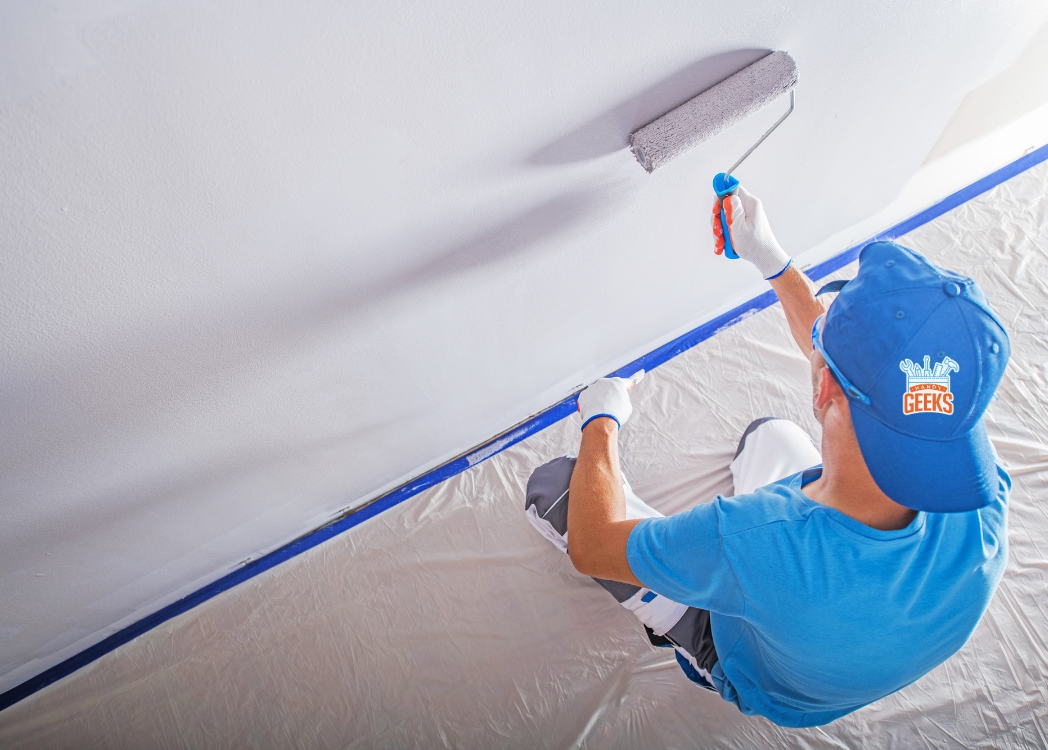
Repainting the entire wall after a patch is the only way to guarantee a seamless finish. Yes, it takes more time and more paint, but the results are worth it.
For budget-conscious homeowners, one approach is to patch the drywall first, then repaint the wall fully when time and budget allows. Spot painting rarely blends perfectly, so repainting the whole wall is the best solution once repairs are complete.
Setting Expectations
Sometimes homeowners try touch-ups only, but the result is usually a visible spot. Because older paint has aged and worn unevenly, fresh paint will nearly always stand out. Knowing this ahead of time helps avoid surprises.
👉 If you're dealing with drywall patches or paint mismatches, call Handy Geeks for advice on repairs and the best way to get a seamless finish.





